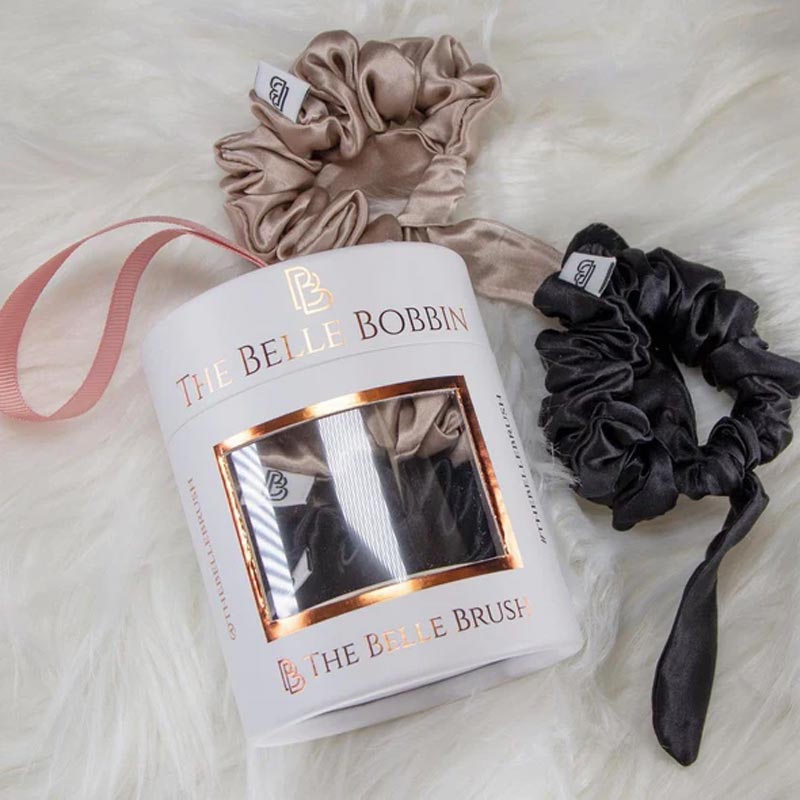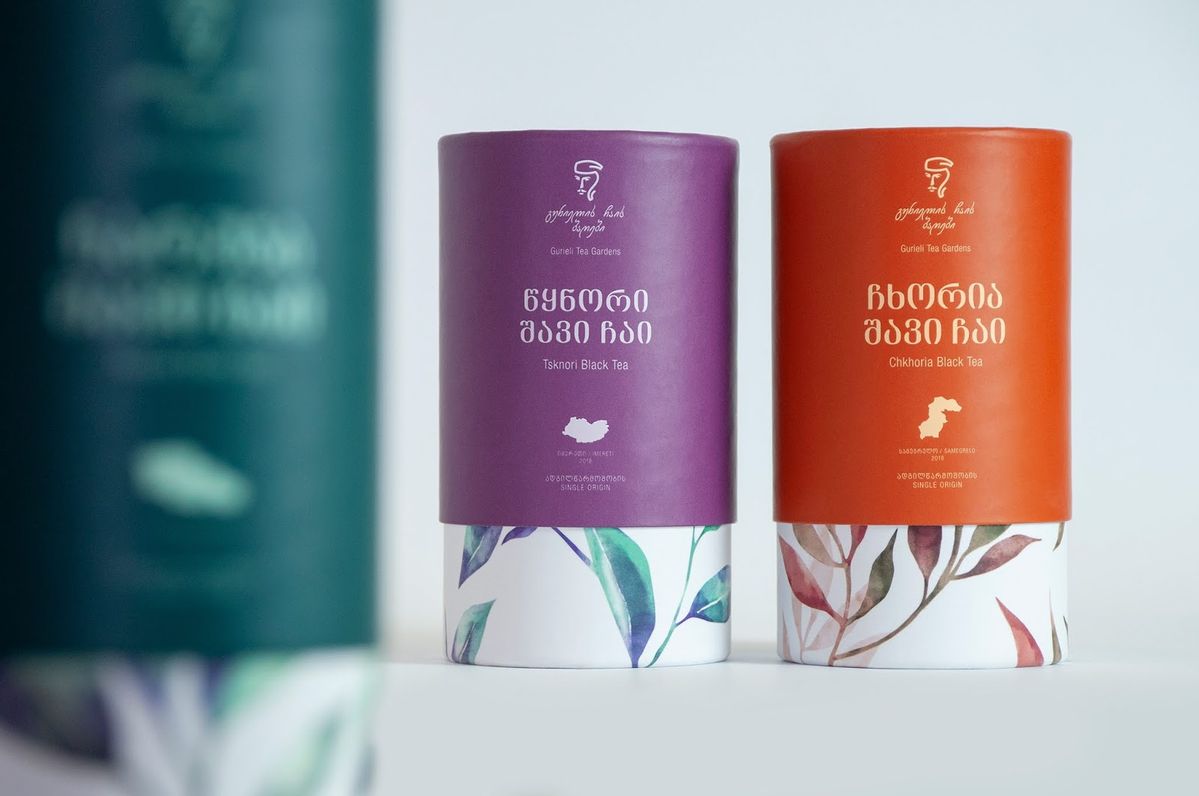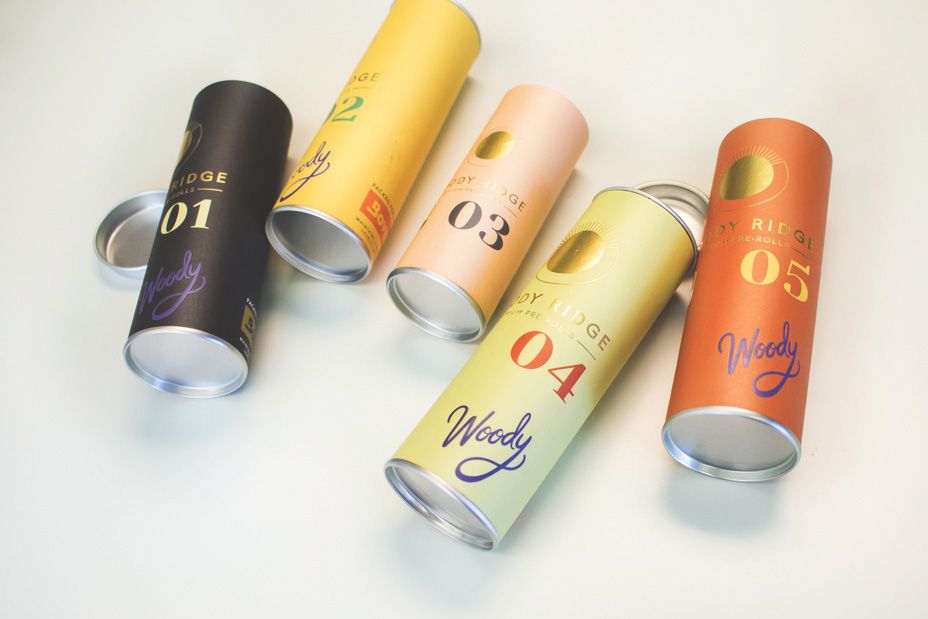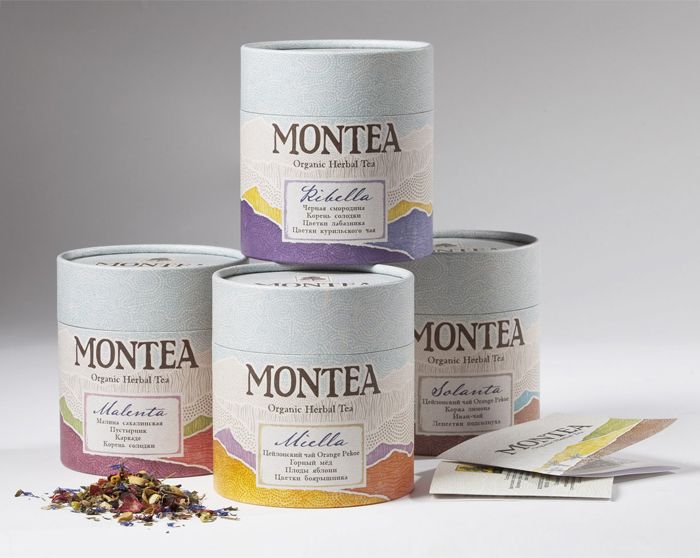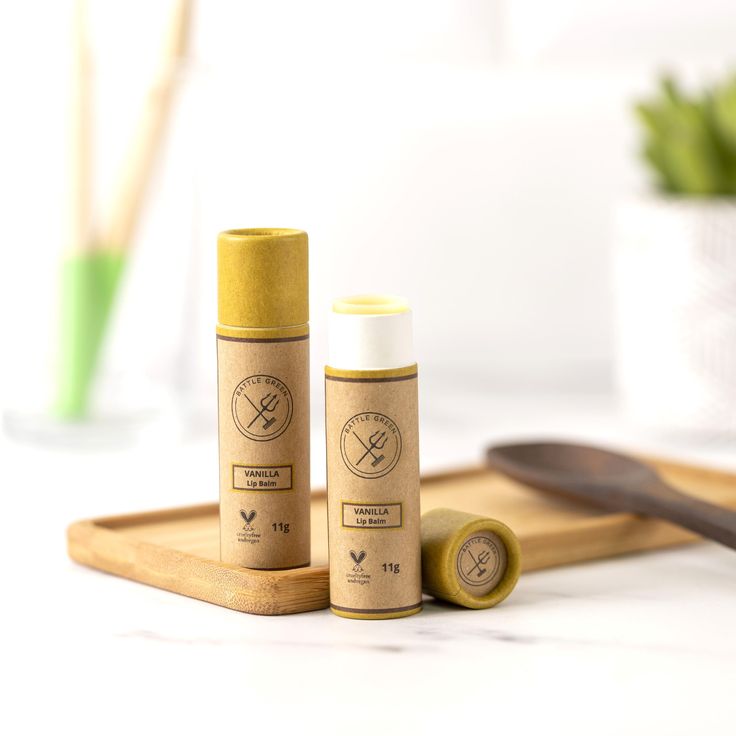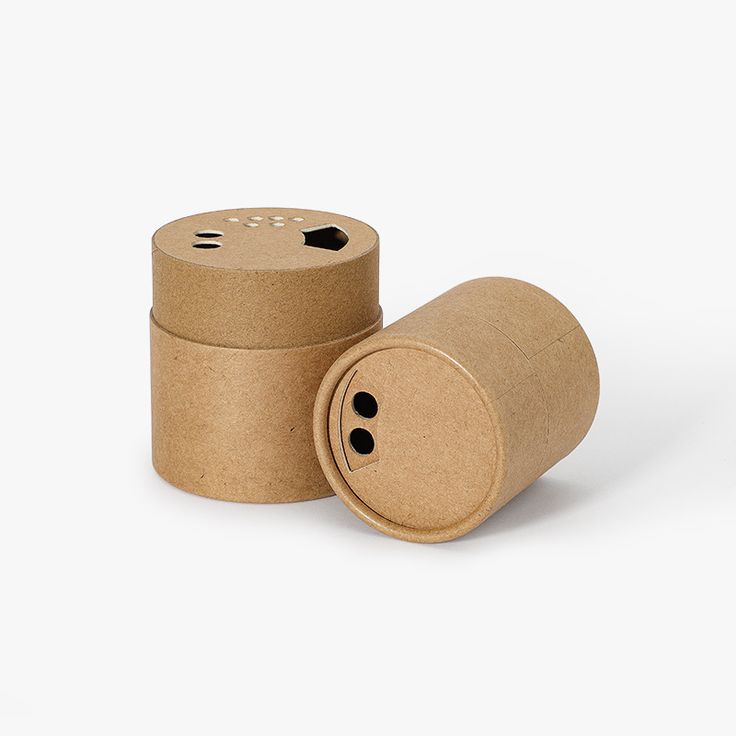
Every year, the world produces over 400 million tons of plastic waste, with packaging contributing to nearly 50% of that waste. Shockingly, less than 10% of plastic is ever recycled, while the rest clogs landfills and oceans. In response, businesses are shifting toward sustainable packaging alternatives, and one of the most innovative solutions gaining traction is sustainable paper tube packaging.
Unlike traditional plastic and metal containers, sustainable paper tube packaging is designed to be biodegradable, recyclable, and made from renewable resources, making it a game-changer for industries seeking eco-friendly yet functional packaging solutions. But what exactly makes sustainable paper tube packaging the ultimate green choice? Let’s break it down.
What Is Sustainable Paper Tube Packaging?
Sustainable paper tube packaging is a cylindrical container made from eco-friendly paperboard, kraft paper, or composite paper materials. Unlike conventional paper packaging, these tubes are designed to be durable while reducing plastic use and carbon emissions.
Key Features of Sustainable Paper Tube Packaging:
✅ Recyclable & Biodegradable – Typically made from 100% recyclable materials, with biodegradable linings as an alternative to plastic coatings.
✅ Plastic-Free Alternatives – Unlike traditional composite packaging that relies on plastic barriers, modern solutions use bio-based or plant-based coatings.
✅ Lightweight & Space-Saving – Reduces shipping emissions due to its compact and stackable design.
✅ Customizable & Brand-Friendly – Supports premium printing, embossing, and eco-friendly inks, making it aesthetic and marketable.
✅ Food-Grade & Airtight Options – Can include food-safe linings, keeping powdered food, tea, coffee, and supplements fresh.
These attributes make sustainable paper tube packaging a preferred choice across food, beauty, apparel, and industrial sectors, where brands are looking to replace plastic packaging without compromising quality.
The Environmental Impact: Real Data on Sustainability
How much eco-impact does switching to sustainable paper tube packaging make? Let’s look at the numbers:
📉 Plastic vs. Paper Waste Breakdown:
Plastic takes 400+ years to decompose, while paper breaks down in 2–6 months in natural environments.
Over 100 million marine animals die annually from plastic pollution—paper alternatives eliminate this risk.
🌍 Carbon Footprint Comparison:
Producing 1 kg of plastic emits 6 kg of CO₂, whereas paperboard production emits up to 70% less carbon.
Using recycled paperboard instead of virgin paper reduces energy use by 40% and water consumption by 50%.
🔄 Recycling Efficiency:
Recycling rates: Paperboard has a 68% recycling rate vs. plastic’s 9%.
Paper decomposes naturally, while plastic waste remains in landfills for centuries.
Clearly, sustainable paper tube packaging is not just a trend—it’s a necessity.
Industry Adoption: Who’s Using Sustainable Paper Tube Packaging?
Many global brands are already shifting to sustainable paper tube packaging as part of their eco-friendly initiatives.
🧴 Beauty & Skincare – Companies like Lush and Ethique use paper tube packaging for solid shampoos, deodorants, and lip balms.
🍵 Food & Beverage – Premium tea, coffee, and protein powder brands are moving to paper canisters to replace plastic tubs.
🎁 Luxury & Apparel – High-end brands use custom paper tube packaging for clothing, jewelry, and eco-conscious gift boxes.
⚙️ Industrial & Specialty Powders – Chemical and agricultural sectors are shifting to airtight paper packaging for powders to meet safety and regulatory standards.
This adoption across industries proves that sustainable paper tube packaging is a viable, scalable, and innovative solution for businesses.
Challenges & Future Innovations in Paper Tube Packaging
While sustainable paper tube packaging is a breakthrough, there are still challenges to address:
1️⃣ Barrier Coatings – Ensuring that water-resistant or grease-proof coatings remain biodegradable.
2️⃣ Mass Recycling Infrastructure – Some facilities aren’t equipped to process composite paper tubes efficiently.
3️⃣ Cost Considerations – Paper tubes can be slightly more expensive than plastic, though prices are dropping as demand increases.
What’s Next? Future Trends
🔬 Bio-Based Coatings – Innovations in algae-based or plant-based coatings eliminate the need for synthetic linings.
📦 Compostable Tubes – Brands are investing in fully compostable tubes that break down within months.
🚀 Lightweight Yet Durable Materials – New designs make paper tubes as strong as plastic, making them a true eco-alternative.
With ongoing R&D, sustainable paper tube packaging will only improve—offering businesses an affordable, eco-conscious, and high-quality solution for the long term.
Final Thoughts: Why Brands Must Switch to Sustainable Paper Tube Packaging Now
The shift toward sustainable packaging is no longer a choice—it’s a responsibility. With consumer demand for eco-friendly products rising, companies that embrace sustainable paper tube packaging gain a competitive edge, strengthen their brand image, and contribute to a healthier planet.
🌱 Key Takeaways:
✔ Sustainable paper tube packaging is biodegradable, recyclable, and plastic-free.
✔ It reduces carbon footprints and landfill waste, supporting global eco-goals.
✔ Major brands in beauty, food, and industrial sectors are already making the switch.
✔ Future innovations will make paper tubes even stronger, lighter, and 100% compostable.
As sustainability becomes the gold standard, companies that adapt sooner rather than later will lead the market. So, the real question isn’t why to switch to sustainable paper tube packaging, but rather—why not now?

